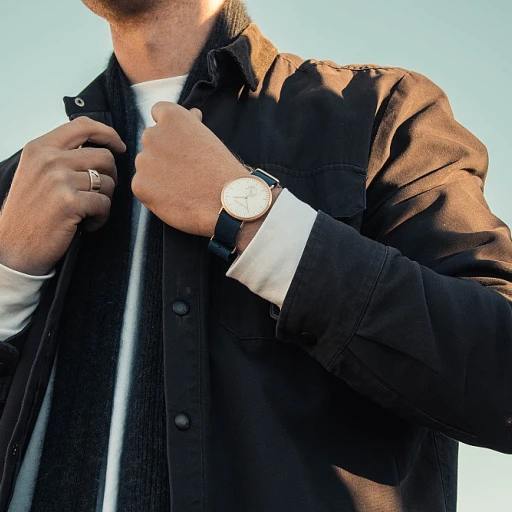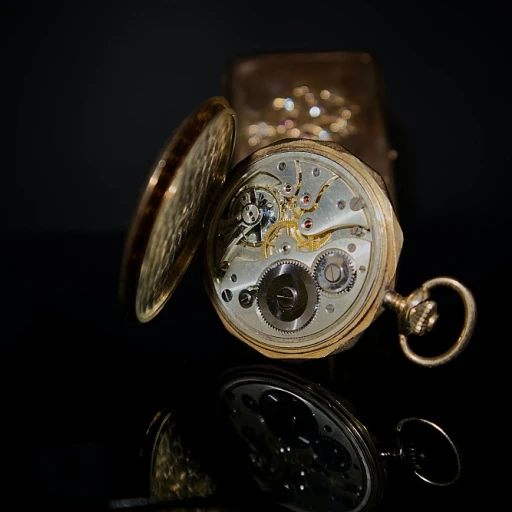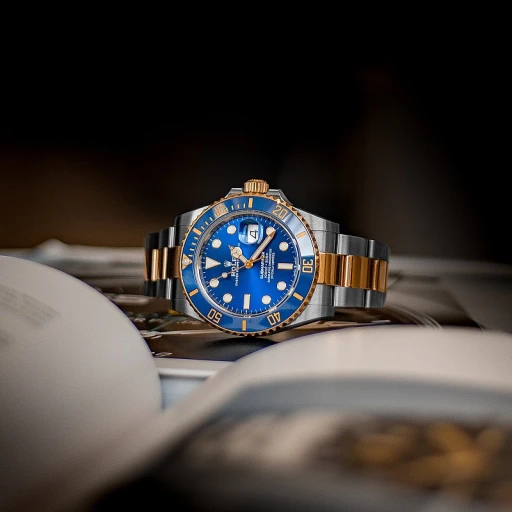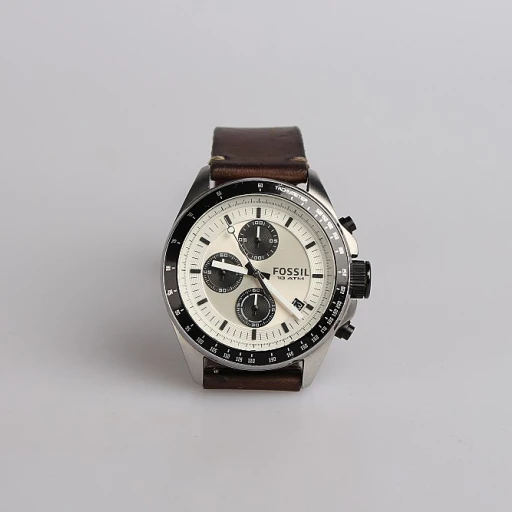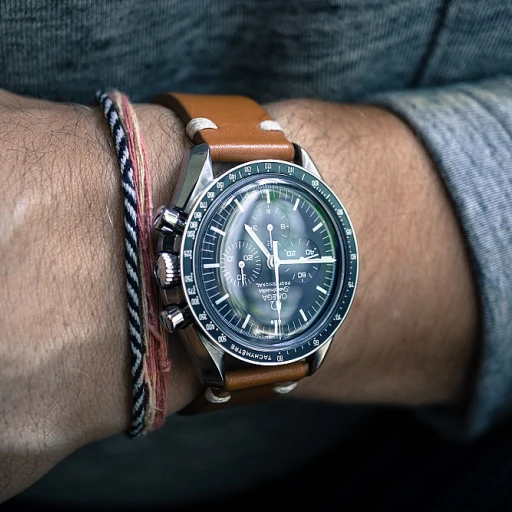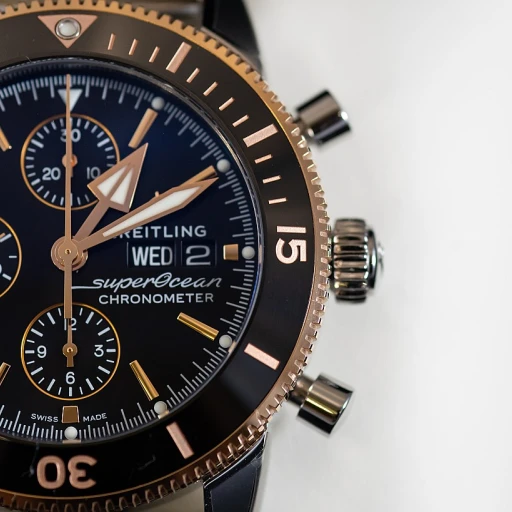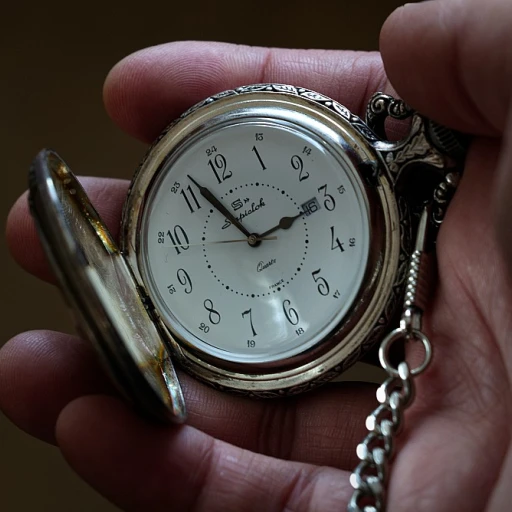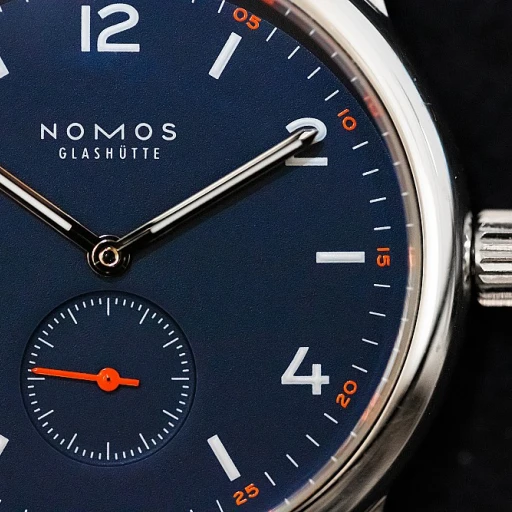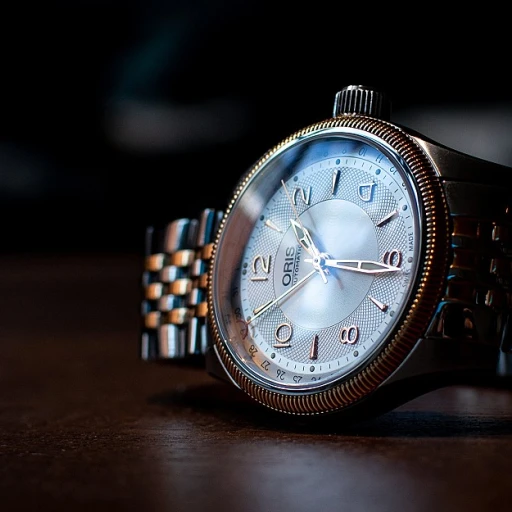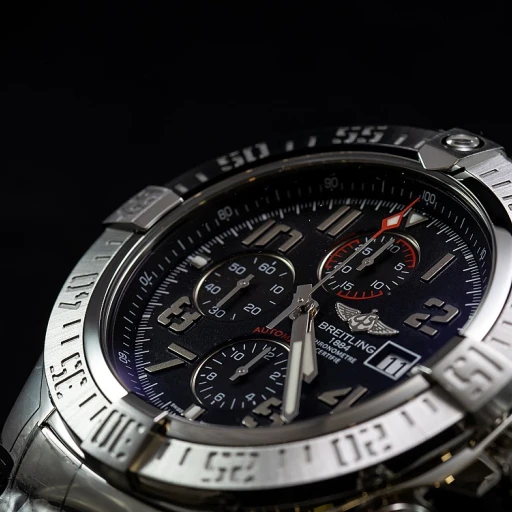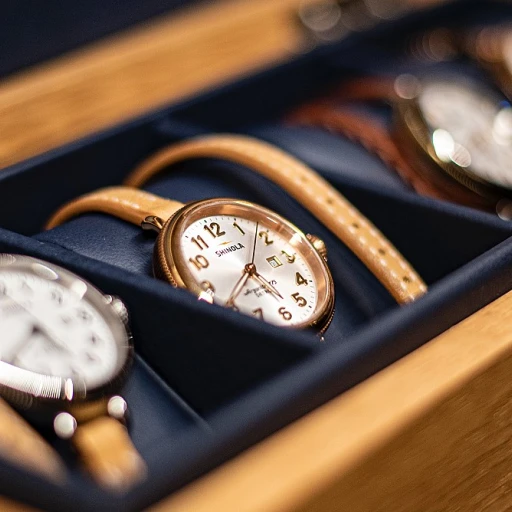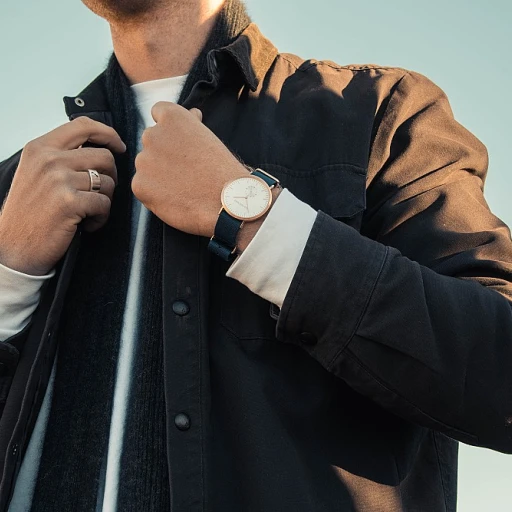Understanding the Value of Routine Luxury Watch Maintenance
The Importance of Preserving Your Fine Watch's Value
For enthusiasts and collectors, a luxury watch is more than a timepiece; it is a considerable investment and a timeless symbol of personal style and success. Protecting this investment requires meticulous care—an aspect often underestimated by many. According to a report by Federation of the Swiss Watch Industry, the value of Swiss watch exports alone amounted to nearly 22 billion Swiss francs in 2020. This staggering figure underscores the significance of routine maintenance to preserve a watch’s performance and value over time.
How Regular Maintenance Influences Resale Value
One key aspect of luxury watch ownership is understanding the impact of maintenance on resale value. A well-documented history of regular servicing can increase a luxury timepiece's resale value significantly. Statistics from leading auction houses, such as Christie's and Sotheby's, often highlight the difference in hammer price between watches with verifiable service histories versus those without, sometimes revealing discrepancies of up to 25%. Careful attention to the Maintenance and the Allure of Patina not only preserves the watch’s functionality but can also ensure its character and history are maintained, enhancing its desirability among discerning collectors.
Longevity and Performance: The Legacy of Your Timepiece
Luxury watches are intricate machines crafted to deliver precise timekeeping over generations. The longevity of such timepieces is directly correlated with their performance, which is akin to the health of a living being; neglect it, and complications arise. In-depth analysis reveals that a well-maintained watch can often outperform newer models in accuracy tests, showcasing the worth of regular care. For instance, Rolex recommends servicing every 10 years for new models, but even the most meticulous engineering cannot prevent wear over time.
The Science of Servicing: What Goes on Inside a Watchmaker’s Atelier
The process of luxury watch servicing is an art form - a blend of traditional craftsmanship and modern precision. It involves painstaking disassembly, cleaning, oiling, and often, replacement of worn-out parts. A Bain & Company luxury study pointed out that skilled watchmakers who perform these services are pivotal to the luxury watch industry's sustainability, illustrating the immense care that goes into each service. When parts of a luxury watch are worn or outdated, they are treated or replaced with the utmost care, ensuring that every restored watch can tell time with the elegance with which it was first created.
The Anatomy of a Watch Service: What Every Collector Should Know
Delving into the Watch Servicing Process
For any luxury watch passionate, understanding the watch servicing process is fundamental to safeguarding their investment. An expertly conducted service involves meticulous disassembly, cleaning, lubrication, and reassembly of the watch's intricate mechanism. According to industry statistics, luxury watches should undergo a comprehensive service every 3 to 5 years to ensure optimal performance. During this process, every component is scrutinized for wear and tear - a testament to the watchmakers' dedication to precision and longevity.
The Expertise Behind Watchmaking Mastery
When entrusting a timepiece to the hands of a certified watchmaker, it signifies engaging with centuries-old craftsmanship. Each service is performed with tools and techniques passed down through generations of horologists. Horology experts assert that the quality of the service is just as crucial as the frequency. Collectors who choose authorized service centers benefit from the reassurance that genuine parts are used, preserving the uniqueness and patina of their esteemed timepieces.
Components of a Comprehensive Watch Overhaul
A luxury watch overhaul is an intricate process that includes:
- Movement disassembly
- Ultrasonic cleaning of the movement
- Replacement of worn components
- Reassembly and lubrication
- Timing calibration
- Water resistance verification
- Cosmetic refurbishment
Every step is crucial to the functionality and aesthetics of the watch. As per the Federation of the Swiss Watch Industry, the replacement of components, especially in vintage models, must balance maintaining authenticity with ensuring reliability, a challenge that only expert watchmakers can adeptly navigate.
Protecting the Heart of Your Timepiece
The movement is the heart of any watch, and during servicing, particular attention is paid to the escapement and balance wheel, the components that dictate the accuracy of timekeeping. A report by the Swiss Watchmaking Federation highlights that a clean and well-lubricated movement can significantly reduce friction, leading to fewer repairs over the lifespan of the watch. This technical rigor underlines the intrinsic value of routine maintenance in the conservation of a luxury watch's performance.
At-Home Watch Care: Simple Steps to Maintain Your Luxury Timepiece
Mastering the Art of At-Home Watch Care
Like treasured artworks, luxury watches require a dedicated regime of care and maintenance. In fact, statistics indicate that regular at-home care can enhance a timepiece's longevity and operational precision. Picture the meticulous craft behind each luxury watch; it's the intricate assembly that demands your undivided attention. By engaging in routine care, you're not just preserving functionality, you're upholding the heritage and value that accompanies your exquisite timepiece.
Step-by-Step Guide to Cleaning Your Luxury Watch
Keeping your timepiece immaculate is paramount, and it's simpler than one may assume. Industry experts suggest a gentle wipe down with a microfiber cloth after each wear, which removes oils and particles, averting potential abrasion. For a deeper clean, prepare a mild solution of soapy water and employ a soft brush to lightly cleanse the case and bracelet, making sure the crown is securely fastened. It's a delicate balance; as limited edition watches demand, the aim is to maintain the watch's rarity and condition without overexposure to moisture.
Regular Inspection: The Key to Prevention
Insightful collectors know that prevention is preferable to repair. Therefore, an analytical approach to watch care is implementing periodic inspections. Intently analyze the case, bracelet, and clasp for signs of wear or damage, which could otherwise evolve into expensive restorations. Notably, Horology Today reports that minor interventions can prevent up to 70% of common mechanical issues when detected early, affirming the value of this precautionary strategy.
Navigating the Intricacies of Mechanical Movements
When immersing in the luxury watch universe, one must appreciate the complexity of mechanical movements. It's suggested that every few months, manual winding of automatic watches can keep the gears well lubricated and in prime condition, especially if the watch isn't worn regularly. This is a personal, yet analytical, ritual that reinforces a connection with the timepiece and ensures the movement remains in motion, as well as showcases a collector's passion for their cherished asset.
Addressing Leather Strap Longevity
- Clean Gently: Use a damp cloth to clean the leather strap, avoiding soaps which can dry and crack the leather.
- Avoid Moisture: Leather's nemesis is water, and statistics from The Leather Goods Journal highlight a 50% increase in strap durability when moisture exposure is minimized.
- Rotate Frequently: Giving your straps a break by rotating watches can prevent overuse and maintain the strap's shape and fidelity.
Addressing strap care is not only specific and practical but also uniquely personal, as it involves tailoring your care routine to the individual characteristics and requirements of the leather.
Confronting the Elements: How to Shield Your Watches from Environmental Hazards
Safeguarding Your Timepiece from Environmental Adversaries
Luxury watch enthusiasts understand that their timepieces are more than just instruments of time; they are a symphony of precision engineering and aesthetic splendor. Protecting these fine investments from environmental threats is crucial. For instance, statistics indicate that moisture and dust contribute to 70% of watch repairs. It's imperative for collectors to create a defense strategy against such elements.
- Moisture Resistance: Ensure water tightness by having the seals checked regularly, statistics from major watch brands suggest this as a yearly ritual for optimal protection.
- Dust and Debris: Utilize protective cases when not wearing your watch. Even a simple microfiber pouch can repel dust, which is a known abrasive that affects the watches' movement.
Combatting Temperature Extremes
Temperature variations can be detrimental. For instance, a shift from a hot exterior to an air-conditioned environment can cause condensation inside the watch case, leading to potential rust. Expert opinions from leading watchmakers recommend keeping luxury timepieces within a temperature range of 0 to 50 degrees Celsius for optimal performance.
Ultraviolet Radiation: The Invisible Enemy
Continual exposure to sunlight not only affects the lubricants inside your watch but can also degrade the dial color—affecting both aesthetics and functionality. A study by a renowned watch preservation society found that ultraviolet (UV) rays can reduce the life of your watch strap by 20%. Therefore, storing watches away from direct sunlight is not just a recommendation; it's a necessity for preservation.
Magnetic Fields: The Silent Disruptors
With the rise of electronic devices, the risk of magnetic interference has increased. The Federation of the Swiss Watch Industry FH cites that excessive exposure to magnets can result in a watch's accuracy being compromised, by as much as several minutes a day. Using anti-magnetic watch holders and keeping your timepiece away from electronics is an analytical approach to maintaining its precision.
Chemical Agents: The Unseen Corrosives
Finally, we must touch on the corrosive effects of chemicals frequently found in perfumes, lotions, and cleaning agents. In luxury watches, the intricate balance of metals and sealants are susceptible to chemical damage. Interesting to note is that, as per horology reports, damage to watch exteriors from cosmetics accounts for a good fraction of aesthetic repairs.
